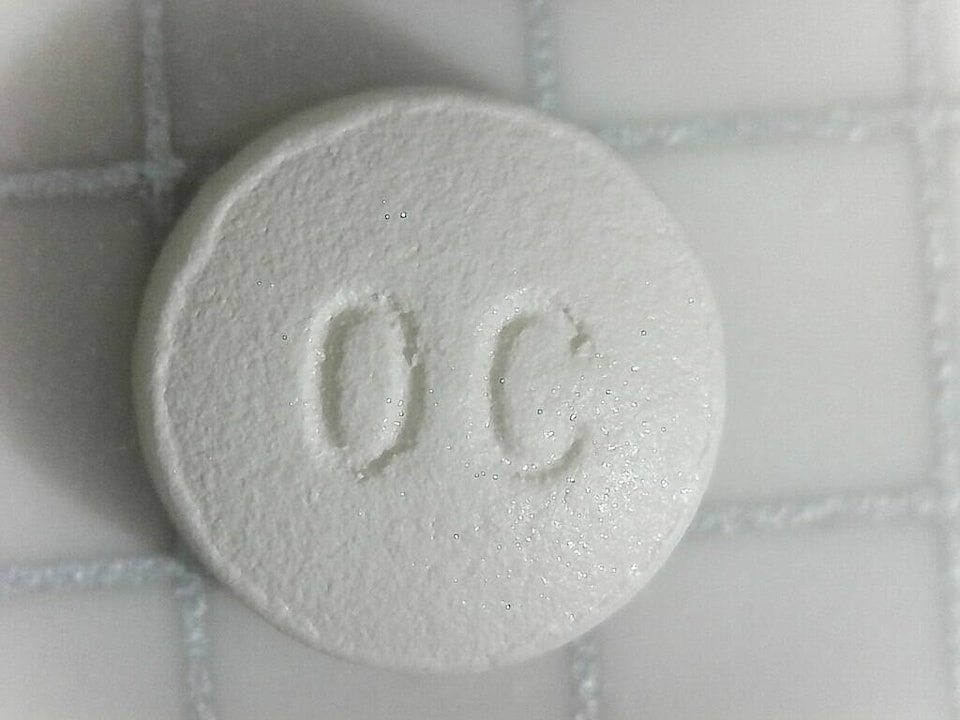Imagine your teen has just had surgery. After a few days in hospital, it is time to go home, but their pain is still quite significant. The medical team suggests using acetaminophen (Tylenol) and ibuprofen (Advil) first, but knowing that it might not be enough, they prescribe oxycodone as well.
You accept the prescription because you want your child to be comfortable. But you worry, too, as you have read a lot about opioid misuse, addiction and the opioid crisis.
As a pediatric emergency doctor, I know there are times when a child’s pain is so severe that they need stronger medications like opioids to help them. Both the Canadian Paediatric Society and the American Academy of Pediatrics recommend opioids be considered for acute (short-term) pain if acetaminophen and ibuprofen are inadequate.
Opioid use in pediatrics
Opioids are a group of medications that treat moderate to severe pain and are used in all ages, from newborn babies to the elderly. Examples of opioids include morphine, fentanyl, codeine and oxycodone. Opioids usually work very well for acute severe pain due to injury or surgery. In general, they do not work well for chronic (long-term) non-cancer pain or neuropathic pain.
Opioid prescriptions are quite common in pediatrics with the lifetime prevalence of use being up to one in five children. Also, untreated pain is not without consequences in a growing brain. Children with under-treated pain have decreases in quality of life, less participation in family activities, more missed school and more frequent changes in sleep patterns than children with well-treated pain.
Minimizing pain and maximizing safety
As a children’s pain researcher, I am aware of some of the potential risks that accompany opioid use. Families and health-care professionals sometimes worry about persistent use of opioids after medical use (misuse or addiction), overdose, side-effects and even death.
Based on current research, there are several straightforward things parents can do to help minimize their child’s pain and use opioids in a safer manner.
1) Combine opioid medicine with non-opioid pain medicine
Opioid pain medicines are often combined with another non-opioid pain reliever such as Ibuprofen (Advil or Motrin) or acetaminophen (Tylenol). This is safe and allows most people to use less opioids, overall. If you are not sure about dosing, ask your pharmacist or prescribing health-care professional. Also, do not forget the additional power of distraction and physical comfort measures. Using ice or heat on an affected area, if appropriate, can help soothe pain. So can conversations, watching a show, reading or playing a video game.
2) Never give your child codeine
Codeine was once used commonly in children but is now highly discouraged. Health Canada and U.S. Food and Drug Administration warnings advise against the use of codeine in children, due to associated deaths. Further, research confirms that codeine is no more effective than ibuprofen and has a worse adverse effect profile than either ibuprofen or acetaminophen.
3) Use opioids for a short time only
Most times, your child will need opioids for three to five days. You can ask your pharmacist to split or hold your prescription if it is for longer than a few days to avoid having excess opioid medications in your home.
4) Watch out for side-effects
Opioids can cause constipation, nausea, drowsiness, or dizziness. Many of these side effects can be managed with over-the-counter medicines. Contact your prescribing health-care provider or pharmacist if the side effects are bothering your child. If they have difficulty breathing, seek medical attention immediately.
5) Store the opioid safely
Keep the opioid locked and out of reach of children, teens and pets. People and pets can get very sick if they take them by mistake.
6) Never share opioids with anyone else
The person for whom the opioids are prescribed should be the only one to take the opioid. Further, they should only take the recommended dose of the opioid for the reason they received it.
7) Safely dispose of the opioid
Research shows that up to 70 per cent of opioids prescribed to children end up unused. Unused opioids in the home are a risk factor for misuse or diversion, which is when they are rerouted or used by someone other than who they were prescribed for. Once your child no longer needs the opioid pain medicine, bring the leftover medicine to your pharmacy. Do not throw leftover medicine in the trash. Your pharmacist will safely dispose of any unused medication. Most pharmacies ask for leftover pills to be brought to them in a clear plastic bag without any labels.
The benefits are greater than the risks when opioids are being used for proper medical reasons. There is no direct evidence that short-term opioid use is associated with later misuse or addiction in children. Let your provider know if you or your child has a history of substance use this does not mean they cannot ever have opioids for their pain. Taking opioid pain medicines can reduce your child’s pain so they can heal faster and get back to their normal activities.
—By Samina Ali, professor of Paediatrics and Emergency Medicine, University of Alberta. This article was originally published on The Conversation, an independent and nonprofit source of news, analysis and commentary from academic experts. Disclosure information is available on the original site.
